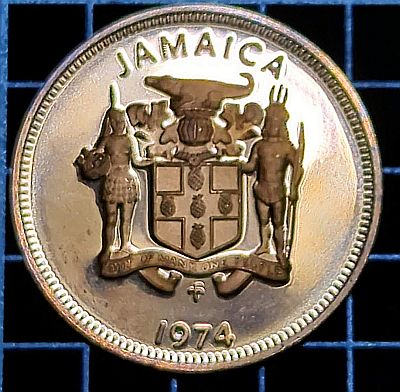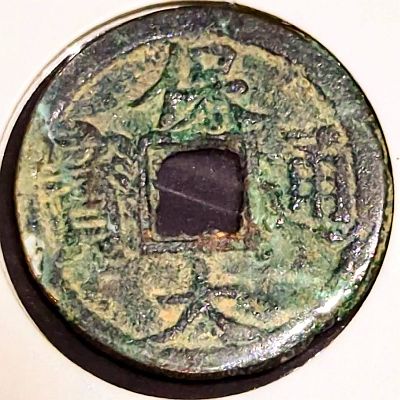Tag: Minting Process
-

115-113 B.C. China Wu Zhu
The longest-produced coin in history. The Dahuting Tomb (Chinese: 打虎亭汉墓, Pinyin: Dahuting Han mu; Wade-Giles: Tahut’ing Han mu) of the late Eastern Han Dynasty (25-220 AD), located in Zhengzhou, Henan province, China, was excavated in 1960-1961 and contains vault-arched burial chambers decorated with murals showing scenes of daily life. Image, Wikipedia The Han Dynasty The…
-

1974 Jamaica Proof Cent
A very shiny cent from a newly independent country This is a bonus entry for Day 24 “X” of the Blogging from A-Z April Challenge!X = Xaymaca (Jamaica). Independence As noted yesterday, there are very few coin issuing entities which begin with X. Jamaica is known as Xaymaca in the native language, so we’ll go…
-

Vietnam Bảo Đại Thông Bảo – The last cash coin
When I started writing about the Vietnam Khải Định Thông Bảo, I wanted to share with you an interesting milled cash coin. But, it got me thinking about the transition from cast cash coins like the Qian Long Tong Bao to milled coins like the previously mentioned Vietnamese piece and the China Guang Xu Tong Bao, through…
-

China Guang Xu Tong Bao, milled
Picking up the milled Vietnam 1 Cash Khải Định Thông Bảo recently, reminded me of my first milled (or machine struck, rather than cast) cash coin. In the early 1900s, around the 1911 Xinhai revolution, China was already looking at more modern minting methods. From Wikipedia: “From 1889 a machine operated mint in Guangzhou, Guangdong…
-

Vietnam 1 Cash Khải Định Thông Bảo, milled.
Most Asian cash coins, such as the Japanese 4 Mon and the Chinese Cash coins were cast, with molten metal poured into a mold, shaping it into coins. Japan was just about the first Asian country to embrace western machine milling methods with the Mieji restoration in the 1870s. Vietnam was interesting in that it…

